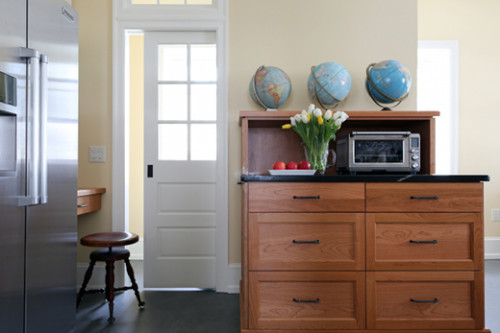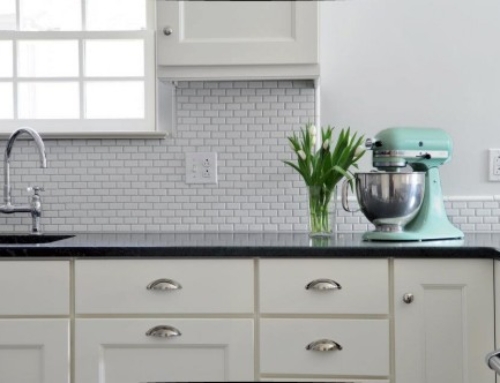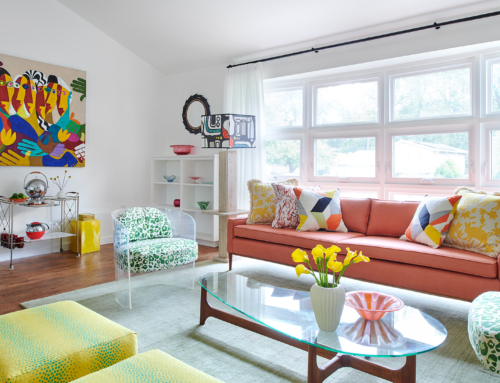Pocket Doors: A Great Space-Saving Solution

Consider this surprising fact: The average single swinging door gobbles up about 11 square feet — or around 1% — of a room’s usable floor space. That means you can’t put anything within this radius of the swinging door if you want it to open and close. When you realize that most houses have several swinging doors, you find that the loss of usable square footage really adds up quickly, particularly in smaller homes.
By contrast, a pocket door only takes up the space of the actual door itself, and only then when it’s in use. Otherwise, it is tucked away, and the floor space is open.
Of course, pocket doors aren’t always the right answer, but we find them to be a brilliant space-efficient design solution, given the right circumstances. You first need to have an empty wall cavity into which the door will slide. Many interior walls have pipes, wires, or other obstructions inside them, while exterior walls are usually not suitable because they would allow hot/cold air into the living space of the house, and they are often made of brick or stone with no cavity.
Pocket doors are also fussy, so they have to be installed and adjusted properly. We find that the cheaper pocket door hardware always fails, so we insist on high-quality hardware and taking the time to install it right. We also ensure that the door jamb components are removable so the hardware can be serviced in the future.
In the case of the kitchen shown here, our clients wanted a pantry and closet that was separated from their large kitchen because their first floor had no coat storage at all. While this space is only about 4’x7′, we were able to provide a lot of storage because the room is tall with ceilings over 9′. You can’t tell from the picture, but there is an unused stairwell to the left, which was perfect for pantry shelves.
To keep our closet solution from feeling squat and gloomy, we ordered a special tall glazed and paneled door and had a multi-pane window made for the transom above. This allows a copious amount of light to spill into the kitchen all throughout the day. We also installed the same type of light fixture in the closet ceiling that we put into the kitchen to make it feel like a nicely finished room, and not an afterthought. This closet door can be left opened or closed and still look appealing because all of the colors and finishes are the same as in the kitchen, and everything inside is now organized and tidy.
Finally, we capitalized on the extra 11 square feet of space in front of the closet by adding a small home office desk area. Now that’s what we call efficient design!






